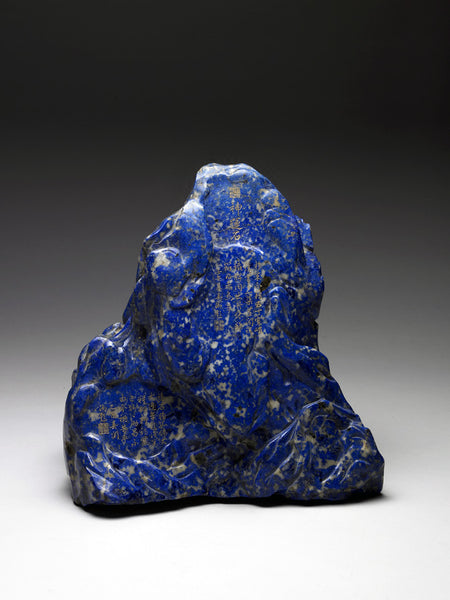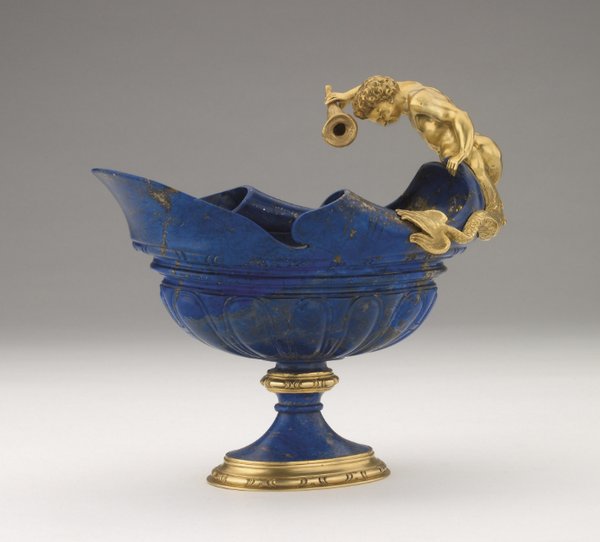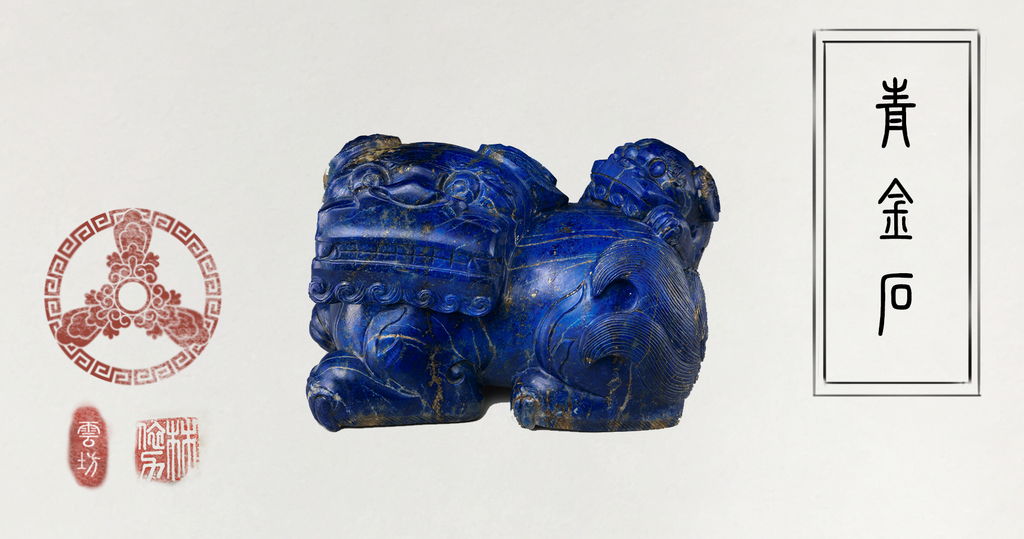8% off orders over $100, 15% off orders over $150, 20% off orders over $300.
Menu
-
- Specials
-
Types
-
Symbols
- Auspicious Cloud | Heaven
- Lotus | Purity & Elevation
- Phoenix | Rebirth and Fidelity
- The Nine | Eternity and Completeness
- Bamboo | Strength and Resilience
- Ruyi | Wish Fulfillment
- Moon | Mystery & Elegance
- Herbal Locket | Hidden Protection
- Tassel | Elegant Charm
- Butterfly and Flower | Love
- Plum Blossom | Endurance and Resilience
- Chinese Knot | Harmony, Tradition, Legacy
- Pumpkin | Prosperity & Abundance
- Pipa | Celestial Music
- Hulu Gourd | Protection and Prosperity
- Fish | Prosperity
-
Collections
- Atlantis
- Revive Your Inner Kingdom
- Auspicious Origin
- Auspicious Flower
- Udumbara Flower
- Return to Origin
- Celestial Cloud
- Elf Forest
- Gold Lotus
- Serene Lotus
- Pearl Elegance
- Radiance
- Metropolis Hermit
- The Nine
- Moon Goddess
- Tassel Elegance
- Chic Velvet Choker
- The Cloud
- Lotus Leaf
- Realm of Peace
- Four Season
-
Craftsmanship
-
Gemstones
- Pearl | Purity and Wisdom
- Jade | Stone of Heaven
- Turquoise | Protection and Healing
- Tridacna | Realm of Peace
- Lapis | Truth and Enlightenment
- Rose Quartz|Love, Healing, Compassion
- Amethyst | Clarity and Tranquility
- Amber | Vitality and Protection
- Carnelian | Courage and Vitality
- Coral | Protection and Prosperity
- Tourmaline | Energy and Balance
- Crystal | Healing and Clarity
-
Birthstone
-
Style
-
Price
-
- Jewelry Set
- Necklaces
- Earrings
- Bracelets
- Hair Jewelry
- Glasses Chains
- Rings
- Anklets
- Ornaments
- Login
-
English

8% off orders over $100, 15% off orders over $150, 20% off orders over $300.
Lapis Lazuli: The Stone of Heaven
April 12, 2016 3 min read 3 Comments
The color blue. It fills the sky and sea, but in the rest of the natural world, you’d be hard pressed to encounter it. In the realm of foods, you can count blue ones on one hand: blue corn, blueberries (more purple, really), blue potatoes (also purple), a species of lobster or two.
In gemstones, true blue is just as rare. Even on their best days, sapphire, topaz, and aquamarine give a watery, timid blue. But for a solid chunk of opaque firmament, there’s nothing like the blue of lapis lazuli.
The best grade of lapis comes from Afghanistan and this has been the case since at least 4600 BC, the earliest date of lapis trade recorded in the Near East. The Arabic word for lapis lazuli means “stone of heaven.”
Lapis gets its blue from the mineral lazurite, and is often flecked with bits of brass-colored pyrite that shimmer like the stars emerging from a dusk sky.

Just like Buddhism came to China from the West, so did lapis and its connotations of the great beyond. It is said that the steps in Buddha Amitahba’s paradise are said to be paved with gold, silver, and lapis, and that the buddha’s body itself would appear as blue as lapis.
In the mortal world, the use of this rare, imported stone was restricted to the Son of Heaven—the emperor—and the royal court. He wore it as plaques on the belt used for worship ceremonies.
In China, the use of lapis lazuli was mentioned in writings of the sixth and eighth centuries BC. Being relatively soft, lapis was a favored stone of carvers.
Today, there are fewer than 100 pieces of lapis in the Forbidden City, the treasure trove of art within Mainland China.
Ancient writings tell of non-ornamental uses for lapis. In the book of Exodus, lapis lazuli was said to prevent miscarriages, epilepsy, and dementia. According to the Chinese text “Yongchang Governing Records,” drinking out of cups carved of lapis lazuli can ease obstructed labor.

More recently, at the Renaissance court of the Medici in Florence, Italy, lapis lazuli underwent a great revival. Not only vases, bowls and jugs were fashioned from this precious stone, but also inlaid furniture, table tops, and other objects. The opulence cannot be overstated - the price of lapis was on a par with gold, and only the wealthiest patrons could afford such magnificent works of art.
Lapis lazuli was also used in Europe for painting, after the stone was ground to make the pigment called ultramarine. In his “Book of the Arts”, written around 1400, Cennino Cennini said of ultramarine: “A noble color, beautiful, the most perfect of all colors”.
Today, significant amounts are excavated in Russia and Chile, but the best kind, which comes in a deeply saturated purple-blue, remains extremely hard to come by. The market is filled with natural stones heat-treated or dyed to enhance color, and synthetic or reconstructed stones. However, if you’ve seen a genuine high quality lapis lazuli once, you won’t be fooled by fakes.
This article is part of the Divine Land Gemstone Compendium, a weekly series by Yun Boutique exploring the gemstones of ancient China and their significance to Chinese culture. See the full series here. Subscribe to the email newsletter to receive future installments.
Produced and edited by Christine Lin. Researched by Ariel Tian.
3 Responses
nika
October 03, 2024
Hello,
I would like to mention that the name lapis lazuli is not originally Arabic but Persian. From the etymological point of view the term Lajaward, latinized into Lapis, comes from old Persian.
Eddie Airken
May 26, 2016
It can also be added that it was used to fashion ornaments for collectors around the Renaissance period in Florence Italy a skill that has died out as the most well crafted prices come from that period.
Leave a comment
Subscribe
Sign up to get the latest on sales, new releases and more …



Kiira
June 12, 2025
I like reading about the stone and jade there like nothing I ever seen